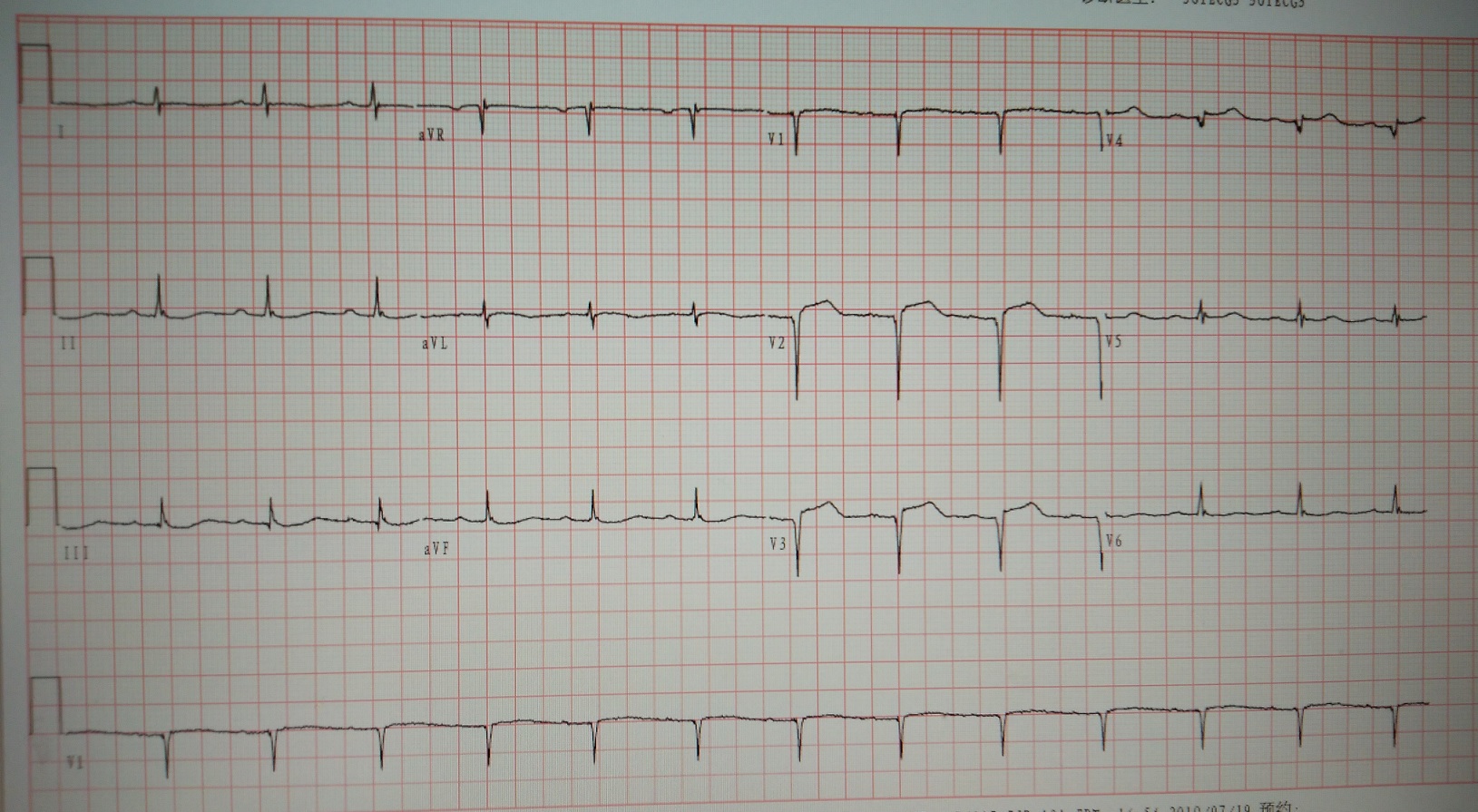Lots of interesting abstracts and cases were submitted for TCTAP & AP VALVES 2020 Virtual. Below are accepted ones after thoroughly reviewed by our official reviewers. Don¡¯t miss the opportunity to explore your knowledge and interact with authors as well as virtual participants by sharing your opinion!
* The E-Science Station is well-optimized for PC.
We highly recommend you use a desktop computer or laptop to browse E-posters.
CASE20190831_005
| CORONARY - Hemodynamic Support and Cardiogenic Shock | |
| Extracorporeal Membrane Oxygenation Combined with Intra-Aortic Balloon Pump for the Patient with Cardiogenic Shock Due to Anterior Descending Artery Acute Occlusion During the Operation | |
| Geng Qian1, Jun Guo2 | |
| Chinese PLA General Hospital, China1, Beijing Anzhen Hospital, China2, | |
|
[Clinical Information]
- Patient initials or identifier number:
Qin
-Relevant clinical history and physical exam:
A 46 year-old male complained of recurrent chest tightness and chest pain for 3 years.Patients began to develop chest tightness and chest pain since 2017, the symptom could be relieved after rest. He was diagnosed with unstable angina pectoris and taken to our hospital.Physic examination: T36.5¡É£¬P 83bmp£¬R 18bmp£¬BP 125/75mmHg. Sound of breath is rough. No abnormal breath sound was heard. No wheezes. No rales. There was no murmur in each auscultation area. The abdomen are normal.
-Relevant test results prior to catheterization:
Treadmill exercise test in July 2019 showed myocardial ischemia. Echocardiography showed nomal cardiac function.Chest X ray was generally normal.
  - Relevant catheterization findings:
Coronary angiography showed the moderate stenosis (50%) of the left main trunk and severe stenosis (75%–90%) in the origin of the left anterior descending, and anterior descending branch was completely occlusive, that of the first and second diagonal branch was 80% to 90% severe stenosis, circumflex branch was 70%, that of the obtuse marginal branch was totally occlusion, distal segment of the right coronary artery was 95% stenosis.
|
|
|
[Interventional Management]
- Procedural step:
During the operation, we firstly implanted three stents in the right coronary artery (RCA), and then chronic total occlusion in anterior descending branch (LAD) was successfully opened reversely through the RCA, and stent was implanted in distal segment of LAD. Patient¡¯s heart rate and blood pressure suddenly decreased when LAD stent implantation. The blood pressure continued to drop, and CAG showed the loss of diagonal branch and LAD was still occluded, and then patient had attacks of ventricular fibrillation, and lose consciousness, so we gave continuous chest compressions, trachea intubation and defibrillation. Intra-aortic balloon counterpulsation (IABP) and temporary pacemaker were performed in rescue process. The patient was still suffering from cardiogenic shock. Then, we had to perform Extracorporeal Membrane Oxygenation (ECMO) to ventricular assist, and we successfully implanted stent from LAD to left main trunk with the assistance of ECMO and IABP. Patient¡¯s cardiogenic shock was corrected and had circulatory stability. ECMO and IABP were successfully removed 4 days after procedure.
- Case Summary:
Early stabling hemodynamics can achieve better results in patientswith hemodynamic instability and malignant arrhythmia during coronary intervention.In this case, the vascular disease of the patient was serious, which belongedto the high risk patient. During the operation, the blood pressure and heartrate continued to decrease, repeated ventricular tachycardia and ventricularfibrillation, hemodynamic instability. Under the condition that the temporarypacemaker and IABP auxiliary supporting circulation were still not ideal, ECMO,trachea intubation ventilator were given to assist respiration in time, and thepatient's life was saved successfully.
|
|